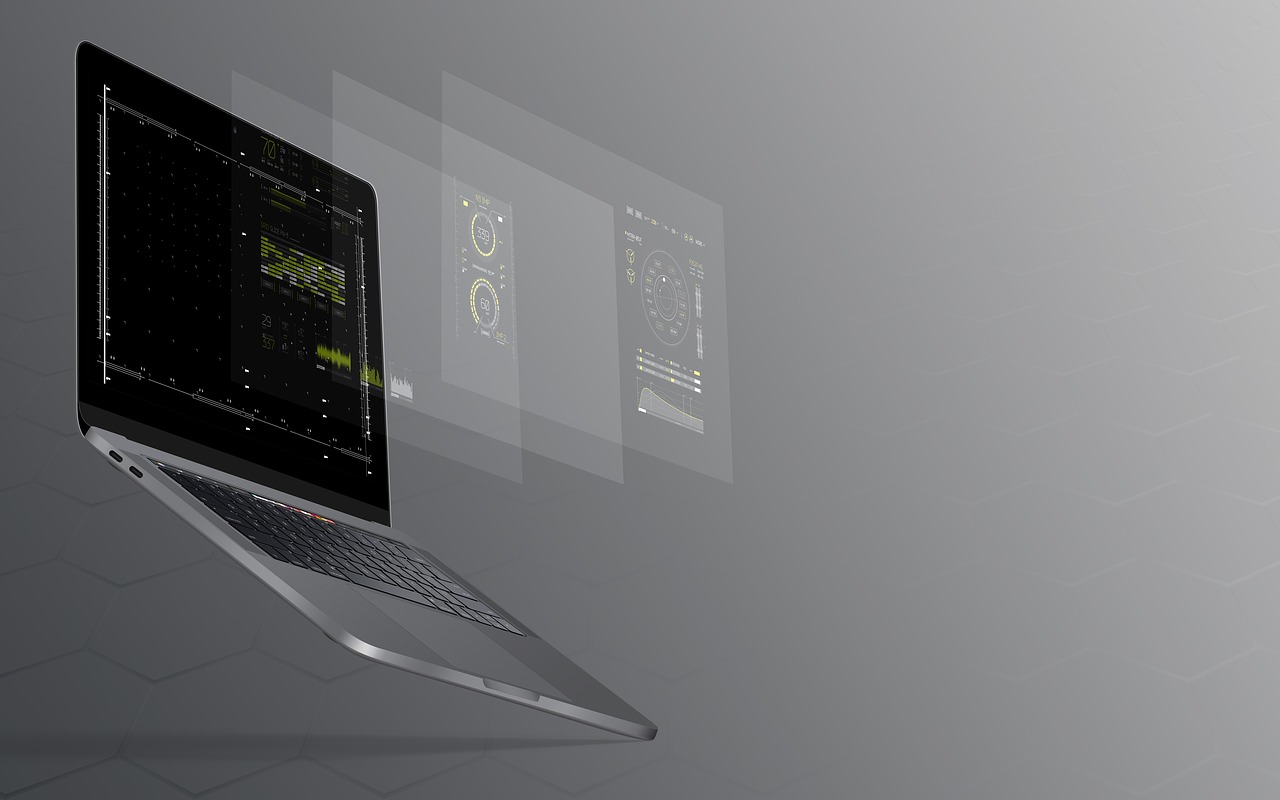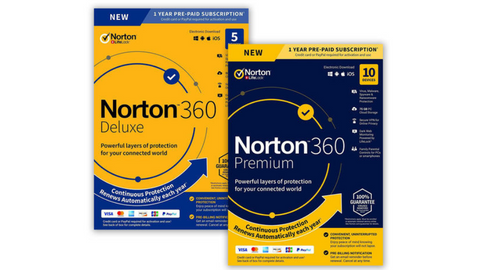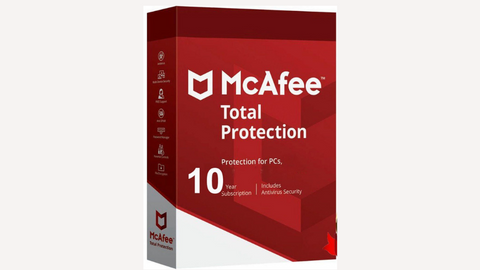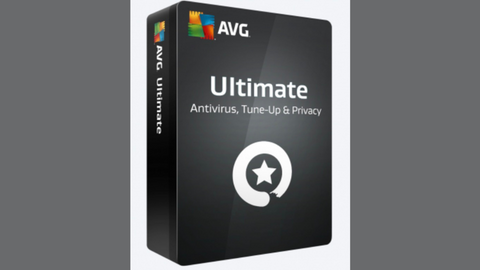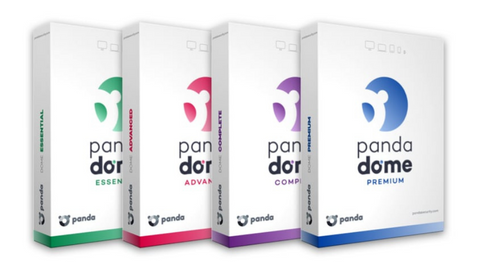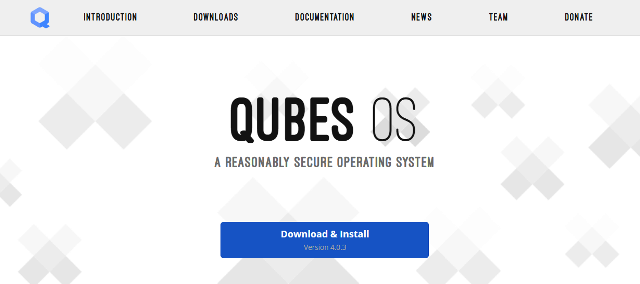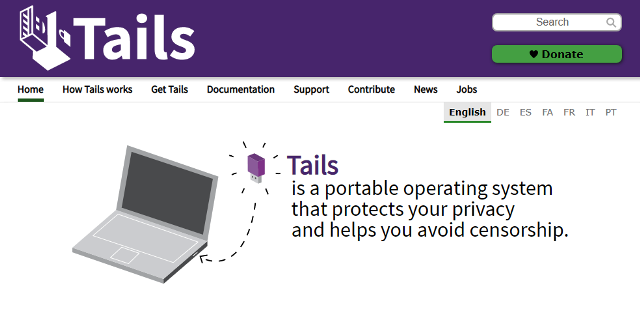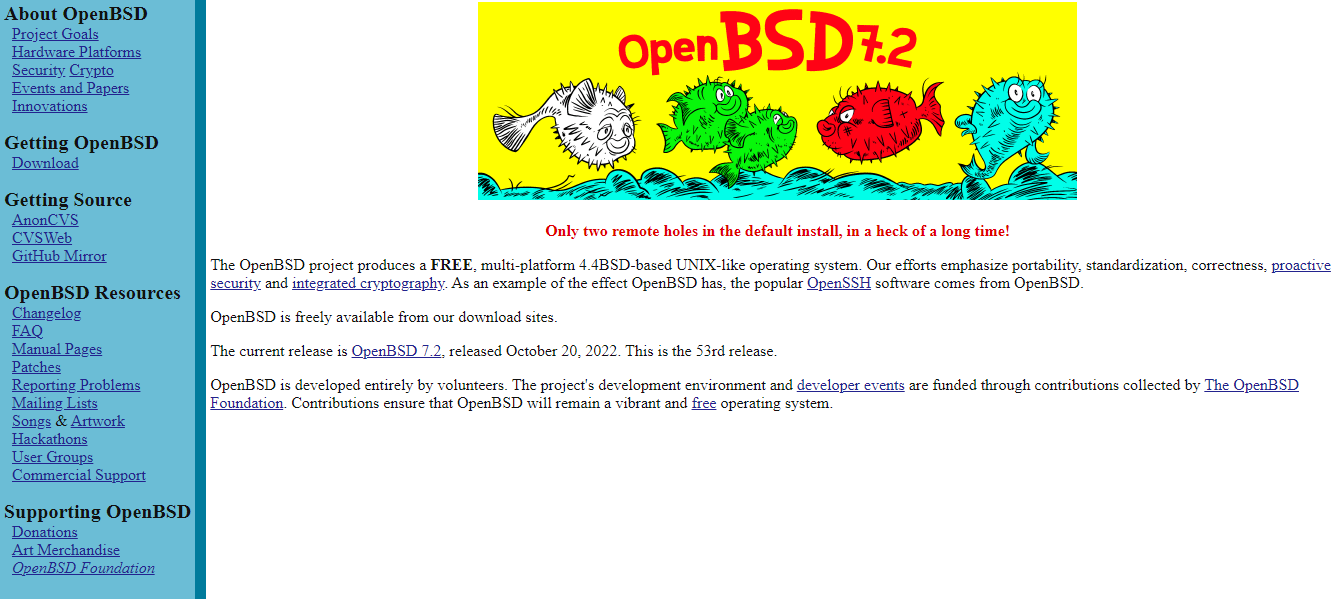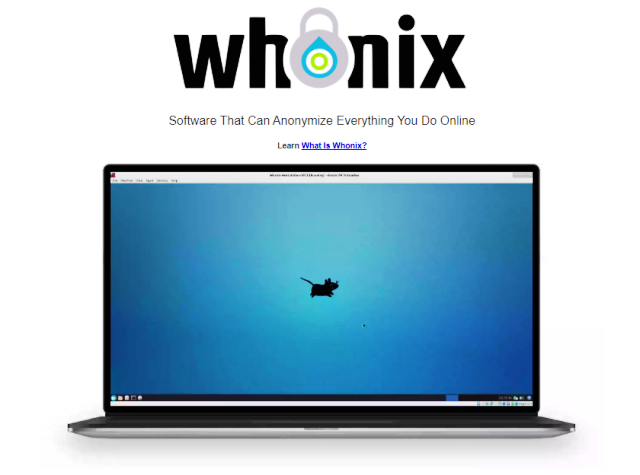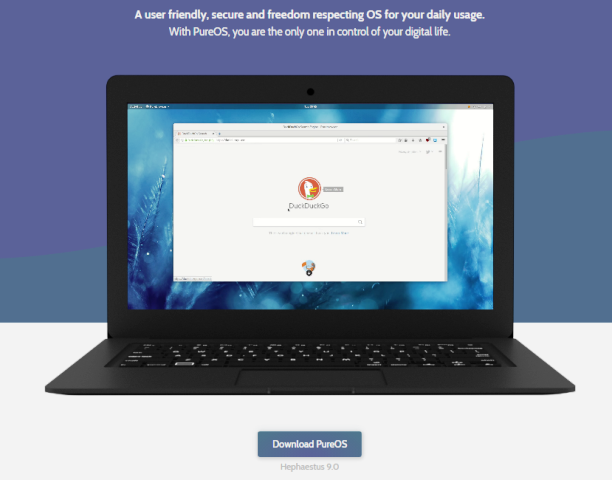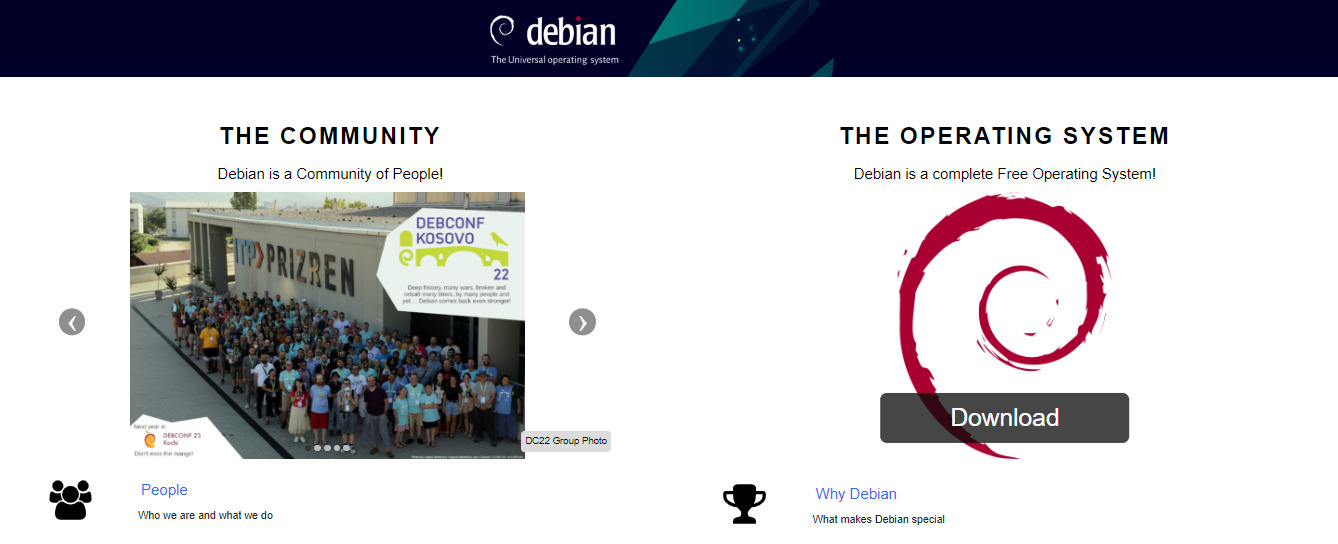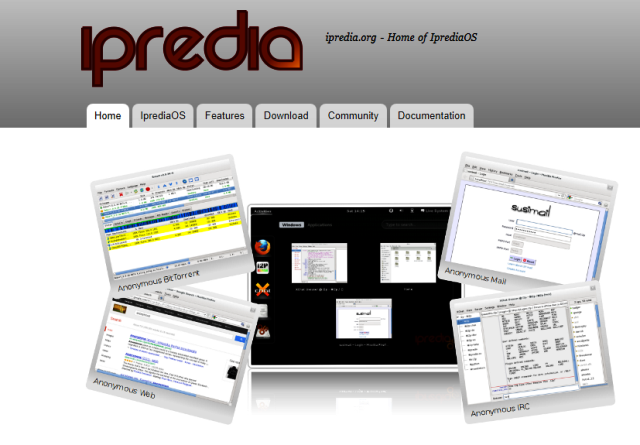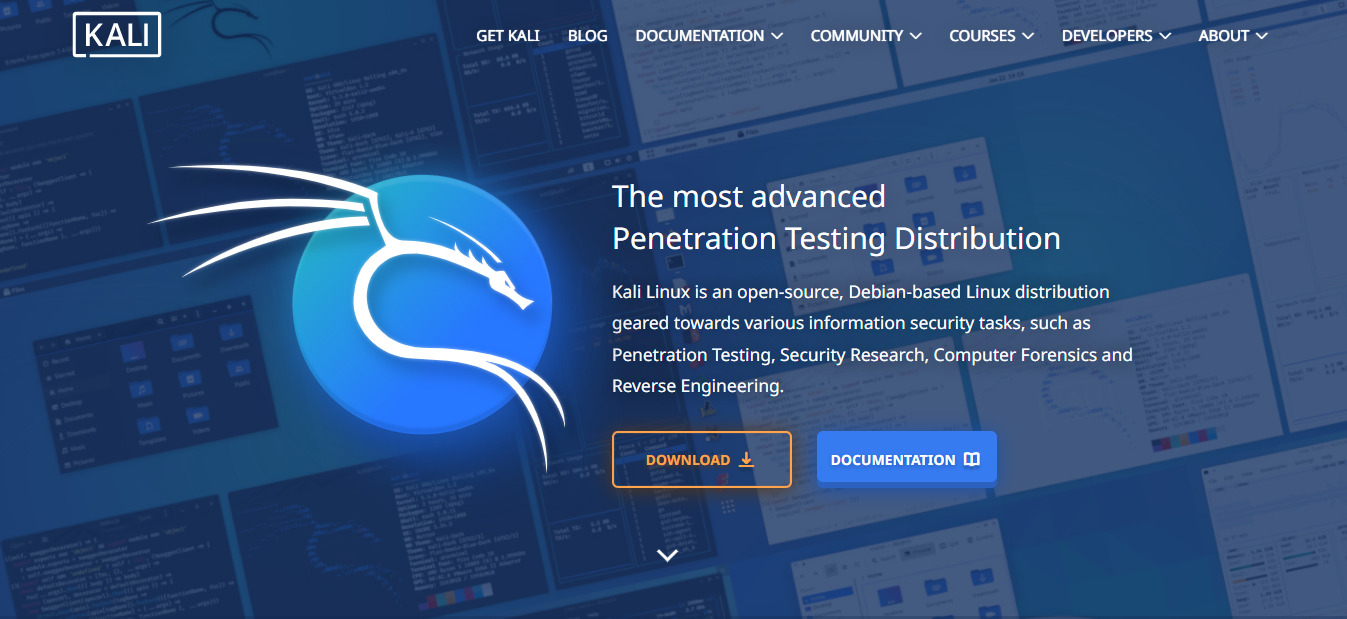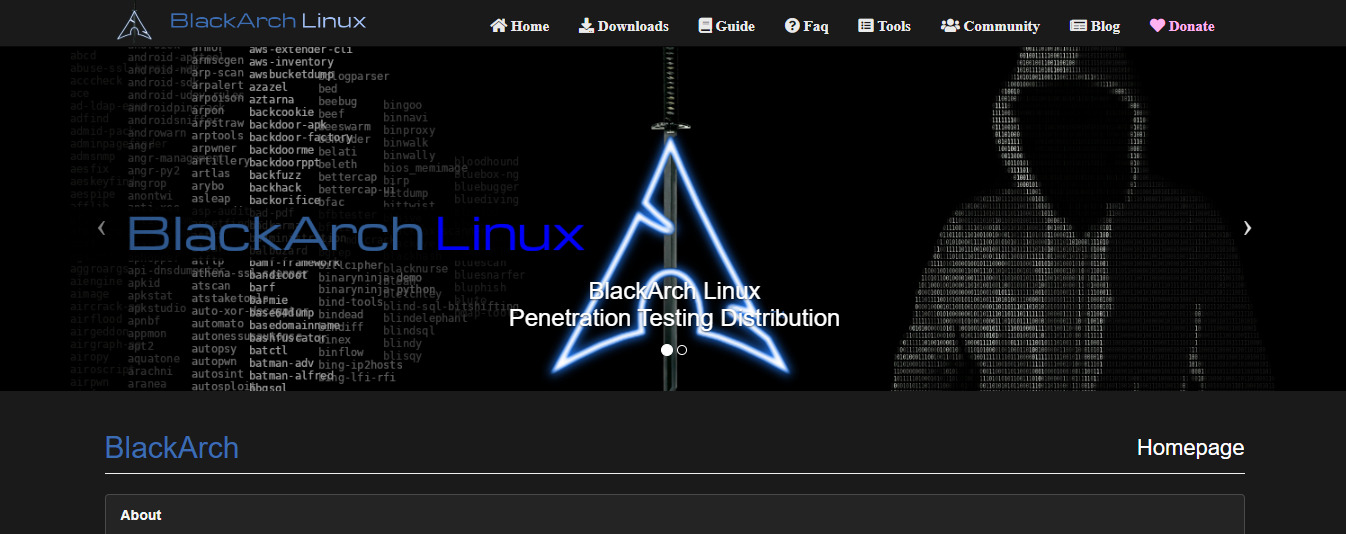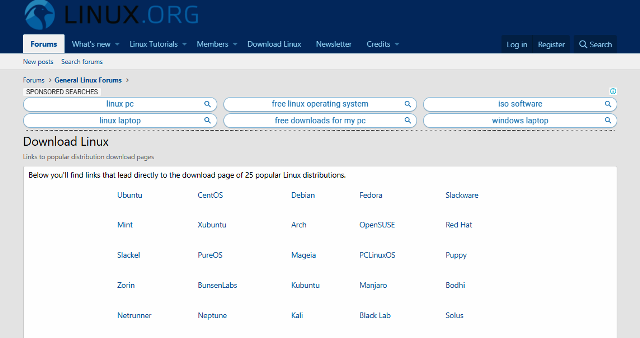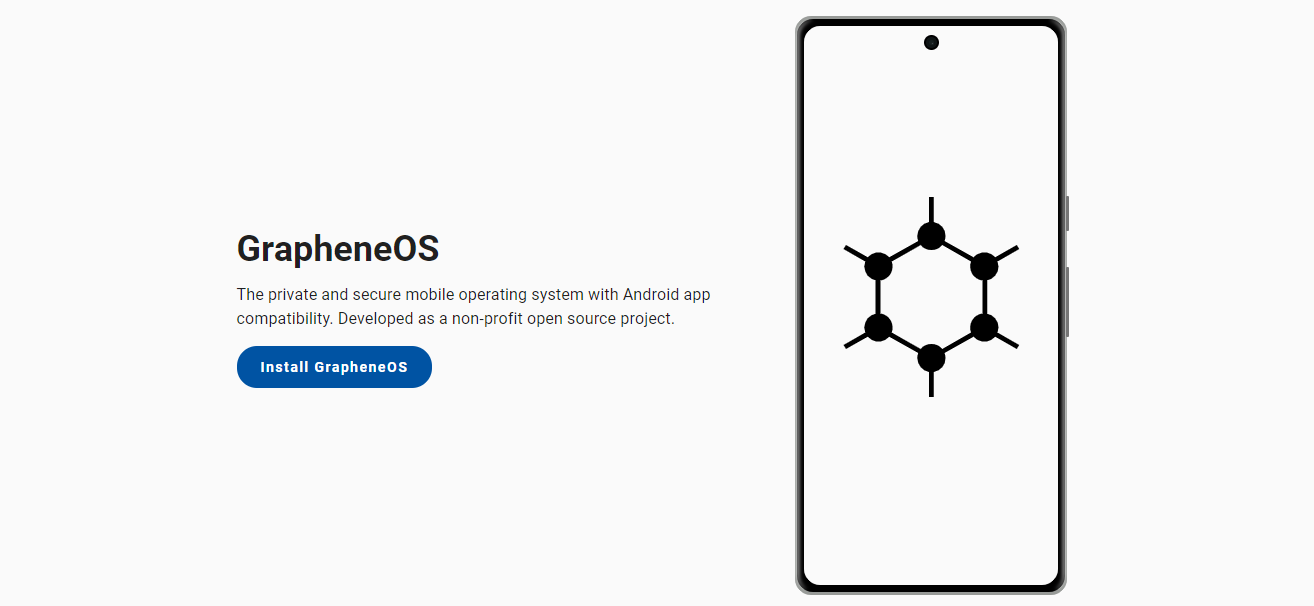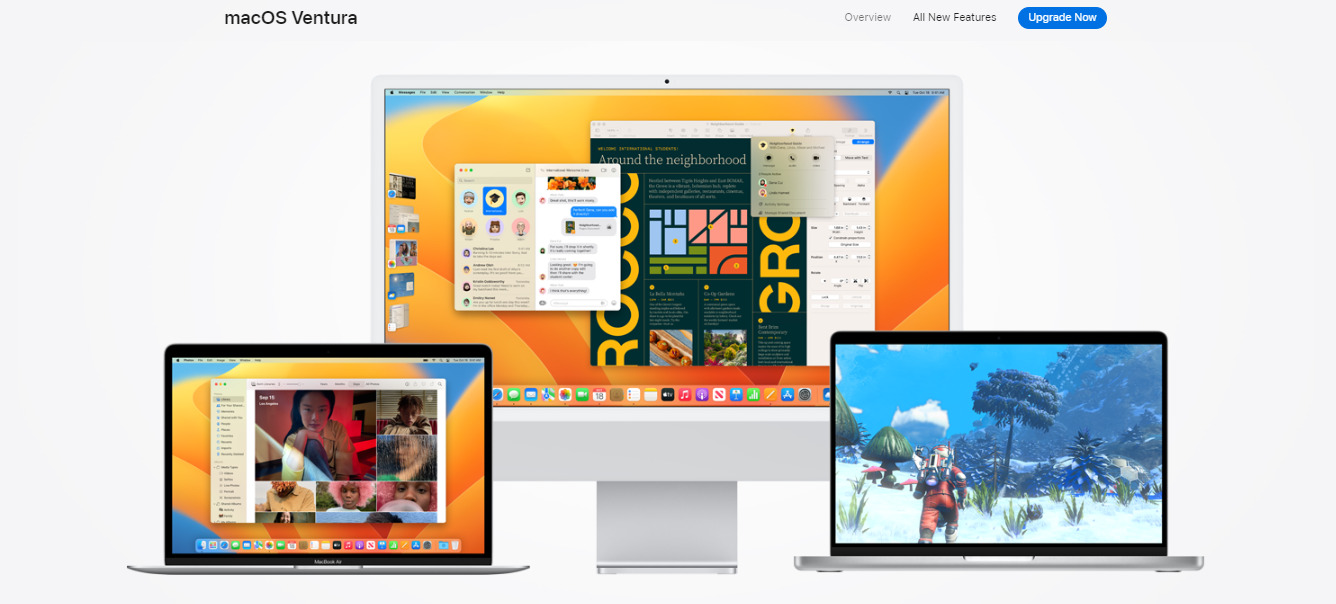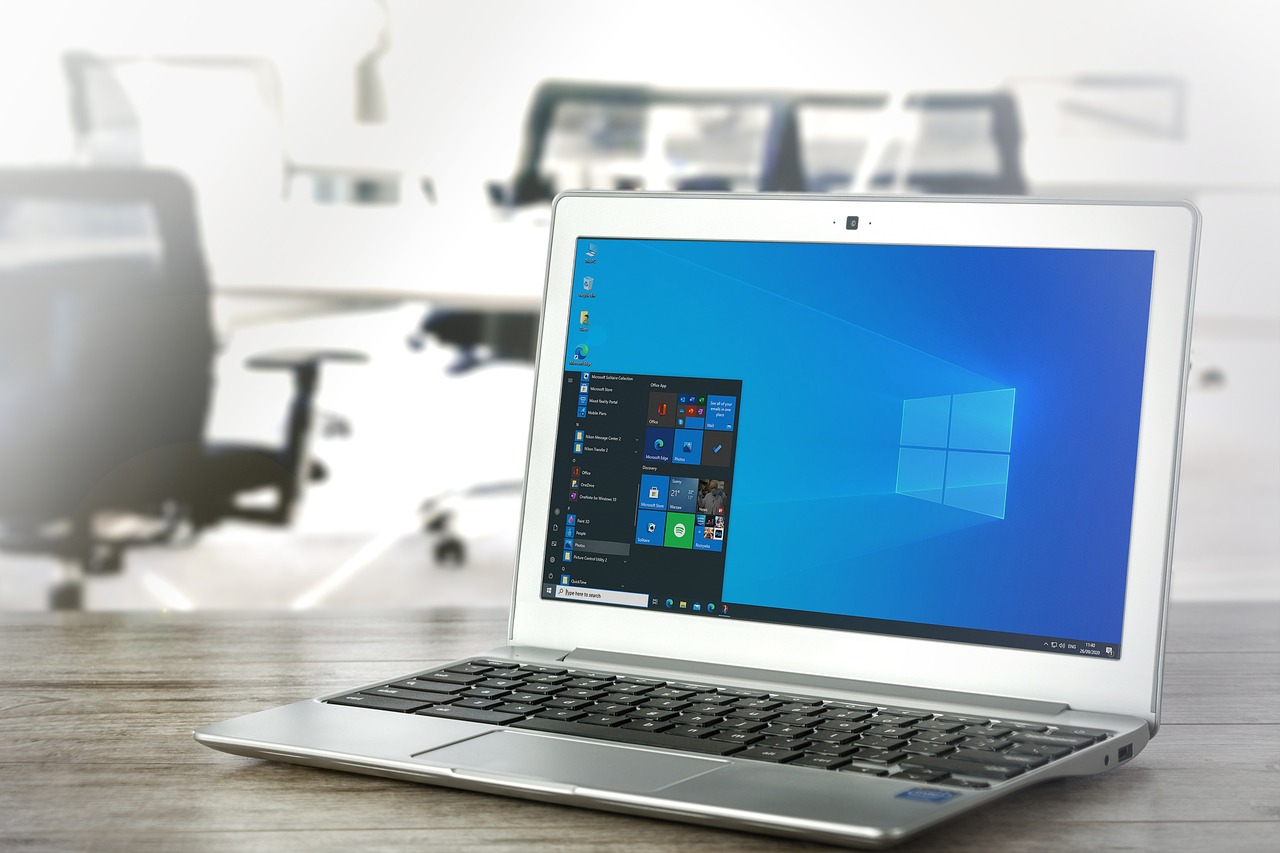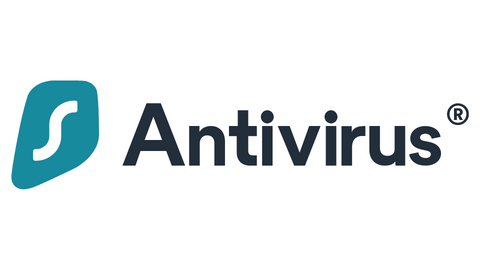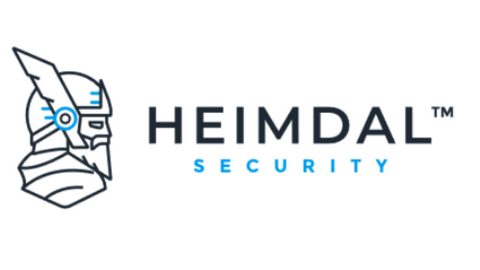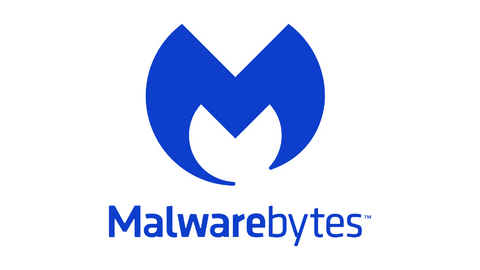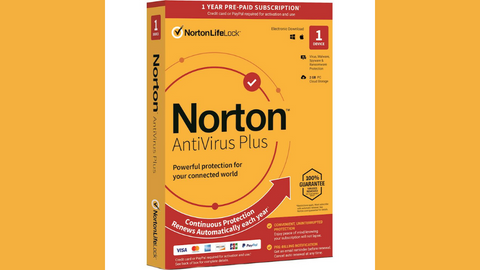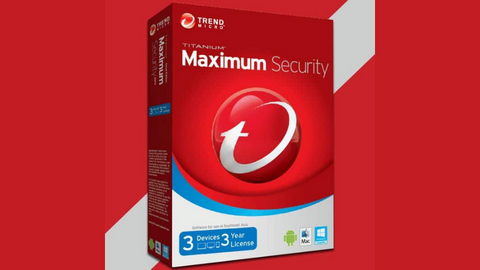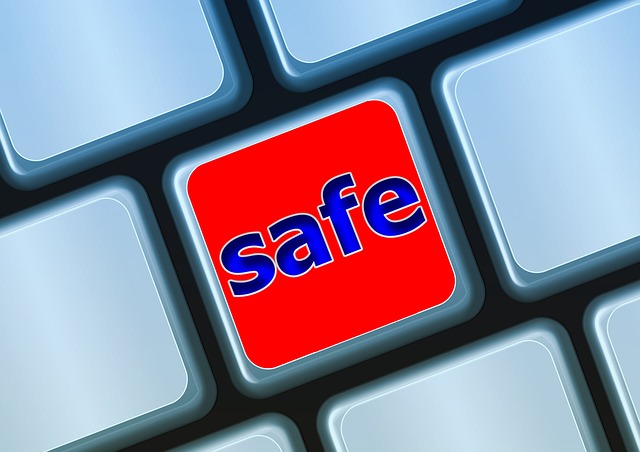In this post, we will show the most secure operating systems. Also, we will help you to decide the most secure OS suitable for your PC’s day-to-day operations.
Regarding computer security, every user wants to protect their system from malicious threats. This makes choosing the most secure operating system a top priority. There are many options to choose from – each with its advantages and disadvantages.
In today’s world, an Operating System (OS) is the gateway through which we perform a series of tasks with our digital devices to access the online virtual world for various purposes.
Several hackers have often exploited security loopholes in vulnerable OS for sinister motives such as stealing valuable personal data, which usually translates to impersonation and massive financial loss.
Choosing an Operating System (OS) can be a daunting task. There are plenty of options out there. For instance, you can run thousands of Windows apps on your Mac without rebooting using Parallels Desktop.
This post, however, is not about popular Operating Systems such as Mac or Windows but rather about secure ones used by most cybersecurity experts while also providing robust features and user-friendly interfaces.
These secure operating systems offer various features that can help protect your data and secure your online activities.
Whether you are looking for an operating system for personal or business purposes, these are the best choices for keeping your computer safe and secure.
📝 Editor’s Note: We highly recommend using a cybersecurity bundle to protect your digital devices from hackers and snoopers.
Total Security Bundle Deals
READ ALSO: Best Lightweight Antivirus For Old Computers [EXPERT LIST]
Let’s show you the most secure Operating Systems in 2025 without further ado.
Table of Contents
What Are The Most Secure Operating Systems?
- Qubes Operating System – Highly secure open-source OS
- TAILS OS – Secure and portable Operating System
- OpenBSD OS – Free and open source security-focused Operating System
- Whonix OS – The most secure Operating System for USB drives
- Pure OS – User-friendly and secure Operating System
- Debian OS – Stable and dependable OS
- IPredia OS – Secure OS for anonymous torrenting
- Kali Linux – Highly secure OS for ethical hacking and penetration testing
- BlackArch OS – Best Operating System for cybersecurity
- Linux OS – Open source OS with robust security features
- GrapheneOS – A Secure Mobile Operating System
- macOS – A Secure Operating System with Built-in Security Features
- Windows – Considered the Least Secure Operating System
10 Most Secure Operating Systems 2025
1. Qubes Operating System
Qubes OS is a highly secure open-source OS that runs on single-user devices.
This Operating System uses Xen-based virtualization to characterize computer programs into isolated virtual machines known as qubes (think of it as separating a group of similar programs into a distinct unit of qubes).
Interestingly, Qubes OS is free to dual-boot on your Microsoft Windows PC or Mac device.
Features of Qubes Operating System
- Vital isolation feature: Qubes isolate installed software, making it look like it is installed on a separate computing entity.
- Template system: Qubes OS share root files with isolated virtual machines (qubes) without compromising system security
- Multiple Operating Systems: Qubes can run simultaneously on multiple OS, including Windows, Fedora, or Debian.
Verdict: Qubes OS is one of the most private Operating Systems because it contains and manages software from distinct units called qubes.
READ ALSO: 14 Best Protection Tools Against Hackers [100% WORKING]
2. TAILS OS
The TAIL OS is a secure and portable Operating System that uses the Tor network to protect users’ privacy and helps users bypass internet censorship. Its mobile compatibility makes it one of the reasonably secure operating systems for mobile devices.
The TAIL OS was initially developed for the Project Protect whistleblowers to protect the identity of whistleblowers and provide security for them.
However, regular users who want to protect their privacy and data traffic can download and use the TAIL OS for free.
READ ALSO: Best VPN For 2023
Features of the TAIL Operating System
- Installable on temporary storage devices: TAILS installs and runs independently on USB storage devices without requiring a third-party OS.
- Amnesia: TAIL OS wipes off all traces of your activities when shutting down the system.
- A security toolbox: TAIL OS has a set of programs for communicating securely and working on sensitive documents.
- It is a minimal Operating System that takes up little space; hence, a user can download and run the OS from an SD card or other temporary storage devices.
- Activities on the TAIL OS are secured and protected from hackers and other forms of cyberattacks.
- TAIL OS is noted for its robust data and identity protection; hence, it does not leave any trace of users’ activities online
- Reliable encryption protocol which encrypts users’ incoming and outgoing data traffic
- Access to restricted and censored content online
- It is compatible with all systems and OS; hence, the TAIL OS can be an alternative to your system’s primary operating system. Therefore, it can perfectly complement the most popular Windows OS.
Verdict: TAILS OS protects its users from active surveillance, internet censorship, third-party tracking, malware, and adware.
READ ALSO: How To Secure And Protect A Website [We Asked 38 Experts]
3. OpenBSD OS
OpenBSD is one of the most secure OS available today. It runs on a multi-platform 4.4 BSD Unix-based OS that is available today. The Open BSD is an open-source OS created by a team of volunteers at the University of California’s Berkeley Software Distribution Center.
It is preferred for its full disclosure policy. This enables its developers to be completely open with any security vulnerabilities about the Open BSD Operating System they may have discovered.
The open BSD is gradually gaining popularity among skilled tech users because of its minimal size and security features, which are focused on improving the security of its OS at the expense of user satisfaction.
Hence, it is not an Operating System for low-skilled end users unless you want to learn to code.
Furthermore, other features of the Open BSD OS include proactive security, integrated cryptography, portability, standardization, correctness, compatibility, and relatively small system sizes.
Features of OpenBSD OS
- Default ‘secure’ mode: OpenBSD turns off all non-essential apps and daemons by default, minimizing users’ chances of running into security issues
- Integrates cryptography: OpenBSD OS integrates with OpenSSH, a cryptographic software for encrypting users’ data.
- It runs on multi-platform 4.4BSD, which is a Unix-based platform known for its robust security features.
Verdict: OpenBSD is one of the most secure operating systems based on the Unix OS due to its frequent source code audit to ensure it is not compromised.
READ ALSO: How To Secure, Anonymize, And Protect Your Digital Life By Daniel Segun
4. Whonix OS
Whonix is a secure OS designed to secure and anonymize users’ activities online. It uses the Tor network to anonymize and protect users’s IP addresses and locations.
Features of Whonix OS
- LeakProof: Whonix channels its data traffic through the Tor network, making it impossible to leak users’ IP addresses and locations. The OS is DNS, ICP, ISN, and CPU leakproof.
- Keystroke anonymization: Whonix OS prevents keystroke logging by malware residents on the users’ PCs.
- Vanguard: Whonix consists of a vanguard functionality that protects users against third-party tracking and data traffic analysis by third parties.
Verdict: Whonix is the most secure operating system for USB drives. It is a robust anonymization OS that protects users’ identities by preventing IP and location leaks.
READ ALSO: Honest And Unbiased CyberGhost VPN Review
5. Pure OS
Pure OS is one of the most secure operating systems based on the open-source GNU/Linux and Debian Operating systems designed to optimize users’ privacy while ensuring strict data protection.
Features of Pure OS
- Pureboot: Pure OS provides multi-layer security for users’ resident data and data traffic when online.
- PureBrowser: Pure OS has an inbuilt web browser built with Mozilla technology to ensure users enjoy maximum data privacy and security.
- Frequent Pure OS update: Pure OS rolls out regular updates of its OS and software with improved features, tighter security control, and bug fixes.
Verdict: Pure OS is one of the most secure Operating Systems worth considering since it is based on the Linux Kernel and Linux OS. This makes it highly resistant to malware attacks.
READ ALSO: Best VPN For 2022
6. Debian OS
Debian OS is a variant of Linux. It comes with more than 59000 precompiled software packages and utilities, including a Package Manager (APT), to help a wide diversity of users get their work done.
Features of Debian OS
- Compatibility: Debian is compatible with many devices, including the iPhone and Microsoft’s Xbox 360.
- Java-compatible integrates with Sun Java’s OpenJDK, Java compiler and interpreter, and other Java app collections. Therefore, users can run Java-based programs on this Operating System.
- Integrates X.org 7.3: X.org 7.3 takes charge of setting up users’ GUI and other display settings.
Verdict: Debian OS is a stable and dependable OS with one of the most extensive integrated packages. The OS is suitable for individuals and corporate organizations
7. IPredia OS
IPredia OS is a secure, robust, fast Fedora-based Linux OS that anonymizes users’ online data and activities. Apps integrated into the IPredia are designed to operate in stealth mode without revealing users’ identities.
Features of IPredia OS
- I2P router: to protect users’s IP address and location
- Anonymous BitTorrent Client: IPredia has an inbuilt BitTorrent client for safe and anonymous torrenting
- Anonymous IRC client: the anonymous IRC client encrypts users’ chat securely
Verdict: if you’re searching for the most secure OS for safe and anonymous torrenting, Ipredia would be it. Aside from safe torrenting, IPredia keeps users’ data secure by routing users’ data through the I2P anonymous network.
READ ALSO: How To Use Windows 7 Forever
8. Kali Linux
Kali Linux is an open-source OS developed by Offensive Security for testing Linux distribution, penetration testing, network security assessments, and ethical hacking. This makes it one of the most secure OS available today.
Features of Kali Linux
- Full live-build integration: Kali Linux integrates a live-build that allows users to customize and create unique Kali Linux ISO images.
- LUKS encryption: Kali Linux supports full disk encryption, allowing users to encrypt penetration-testing USB drives.
- Kali Linux Metapackages: Kali Linux is integrated with a metapackage, a collection of toolsets for easy customization, and a minimized virtual environment setup.
Verdict: Kali Linux is a proper OS for security testers, ethical hacking, and penetration testing distribution.
9. BlackArch OS
BlackArch OS is one of the most secure operating systems for Linux based on Arch Linux OS for security and penetration testing. It contains over 2800 different tools.
Features of BlackArch OS
- Window Manager: The Window Manager is an application that manages multiple windows to help users complete more work quickly. Blackarch OS has a variety of desktop environments, including DWM, Fluxbox, Openbox, Spectrum, Awesome, Wmii, and i3.
- Collection of 2,800+ tools: the OS boasts an impressive array of tools for various purposes, including countering forensic activities, steganography, encryption, etc.
- Modular package: BlackArch OS permits users to install other tools outside of its repository of tools. Users can do so individually or as a group.
Verdict: BlackArch OS is one of the most secure Linux OS because of its usefulness as a tool for security and penetration testers.
MUST-READ: 10 Best Antivirus For A Basic Laptop
10. Linux OS
The Linux Operating system is an open-source OS that has been making the news as one of the best Operating Systems since the ’90s.
As open-source software, developers can develop patch updates for any vulnerability detected before hackers exploit such vulnerability.
Several Linux distributions (distro) are available, such as Ubuntu, Fedora Linux, Mageia, Parrot OS, Elementary OS, etc.
Users prefer the Linux OS because it is a stable OS free from malware and virus infections, which removes the fear of reinstalling the OS due to regular malware invasion.
Besides, Linux is an open-source OS; hence, users can modify its features based on preference. It has robust security features and is one of the most used OS.
Features of the Linux OS
- A user account is the only root account for administrative tasks. All other types of accounts do not have rights outside of files they have permission to access.
- Application isolation for restricting a program from affecting other running programs or host systems
- The System Firewall uses the Netfilter framework in the Linux kernel to restrict incoming and outgoing network traffic.
- The Syslog and Klogd, monitoring and audit facilities keep a record of the activities of the different components of the system.
- Resource allocation control limits the number of resources an application or an account can use.
- System recovery for restoring program files of all software in the software management tools in the event of an accident
- Host integrity testing for verifying the integrity of a running system in the event of an attack
- Software management is a repository of software files for providing the correct version of all system software.
- Secure Remote access with OpenSSH, a version of the SSH standard that uses a secure encryption mechanism and grants the user the following categories of remote access.
- Remote access by using the command line
- A remote command execution
- Remote access to graphical software
- File transfers
- Encrypted storage for encrypting storage volumes with sensitive files. Users must provide the decryption password to access an encrypted volume, a temporary storage device or a system’s entire storage space.
- The file permission feature determines how users access files and directories on a Linux OS. Depending on the types of permission granted for file access, users may be unable to read, write or execute program files.
Verdict: Linux is one of the most popular OS in the world. Not to mention, it is pretty easy to do. Also, several Linux distributions are available for computer users.
Notable Mentions
11. GrapheneOS – A Secure Mobile Operating System
GrapheneOS is a secure mobile operating system based on the Android Open Source Project (AOSP).
It aims to provide a Google-free Android experience without compromising usability and compatibility. GrapheneOS removes Google services and telemetry to protect user data and privacy.
The operating system incorporates advanced security features such as a hardened memory allocator, verified boot, and sandboxed applications. It also ensures timely security updates and patches to protect users from emerging vulnerabilities.
GrapheneOS is compatible with most Android apps, allowing users to enjoy a secure mobile experience while still having access to essential applications and services.
It is an excellent choice for privacy-conscious individuals and professionals who prioritize the security of their mobile devices.
12. macOS – A Secure Operating System with Built-in Security Features
Contrary to popular belief, Apple’s macOS is not impervious to malware attacks. However, it does offer a secure operating system with excellent built-in security features.
The tight integration of Apple’s hardware and software allows for better control over security updates and support, providing a more secure environment.
macOS includes top-quality security features such as Gatekeeper, which verifies the authenticity of apps downloaded from the App Store, and XProtect, which scans documents for malicious code.
These features and many others contribute to maintaining a secure system and protecting user data.
While macOS has seen a surge in the amount of malware distributed in recent years, the number of viruses created for Windows computers still outweighs those targeting macOS. Mac users should remain cautious and take necessary precautions to ensure their security.
13. Windows – Considered the Least Secure Operating System
Windows, the most widely used operating system, faces a higher risk of malware attacks than other operating systems. The large user base incentivizes hackers to create malware specifically for Windows, making it appear more vulnerable.
Historically, Windows users would log in as administrators, granting instant access to system-level privileges to potential attackers.
Unlike macOS and Linux, Windows code is not open-source, meaning that Microsoft relies on its engineering team to identify and patch vulnerabilities.
Although Windows has introduced multi-user systems in recent years, the legacy of administrator-level access has made it more susceptible to security breaches.
Windows users must adopt best security practices, such as regular updates, strong passwords, utilizing only the best browsers for Windows 11, and using security tools to mitigate the risks associated with using this operating system.
Best Antivirus That Supports Multiple OS
Why You Should Use A Secure OS?
It is essential to use a secure OS to ensure your data stays protected, prevent malware infestation, and enhance the smooth operations of programs.
The key to online security is using a reasonably secure Operating System with robust features. However, opinions differ as to the most secure OS for daily use.
READ ALSO: Best Antivirus For 2022
When choosing the most secure OS, you need to consider how fast the vendor releases a patch when a vulnerability is detected, along with the purpose of use.
Although using a secure OS protects you from malware and virus attacks, it will not, however, give you a 100% protection guarantee unless you’re armed with the following:
- User education
- Secure firewalls to keep out intruding traffic
- High sense of vigilance
- Regular patch update
- Reliable antivirus to protect you from downloading corrupted downloads, file extensions, plugins, etc.
You should note that the OS you use does not guarantee that you will be safe from hackers who hack using social engineering and other means for probing users. Interestingly, 84% of hackers use social networking and other means to access victims’ systems.
How To Secure Your Computer System
Apart from using any of the most secure operating systems we mentioned above, it is best that you secure your system as well by applying these security measures:
- Promptly update any released software patch. Use the latest version of your Operating System that can prevent malicious code or zero-day threats.
- Don’t root your system; we don’t use a Macbook Pro or HP Laptop.
- Don’t give guests access to tDon’ter servers on your network.
- Use secure passwords or use a password manager to manage your passwords.
- Download files and documents only from a trusted source.
- Use updated antivirus software to add another security layer against virus and malware infections. Recommended antivirus software to prevent security threats includes Surfshark Antivirus, Norton Antivirus, McAfee Antivirus, Heimdal Security, Trend Micro Security, etc.
- Use a VPN to secure and protect your data traffic and privacy. For secure data transfer, you can use top VPNs like CyberGhost VPN, Surfshark, ExpressVPN, and ProtonVPN.
- Back up your digital files on cloud storage.
- Use other software programs such as system optimization tools, data recovery tools, Tor messenger, and secure boot tools.
- Use an encrypted email service like Em Client, ProtonMail, TorGuard Mail, GetResponse, etc.
What Is The Most Secure Operating System?
Qubes OS is the most secure Operating System because it isolates users’ app programs into users’ Qube entities, giving it a semblance of operating from a separate virtual machine.
READ ALSO: 15 Best BullGuard Antivirus Alternatives (Free & Paid)
Best Antivirus That Supports Multiple OS
Most Secure Operating Systems: Frequently Asked Questions
Here are frequently asked questions about the most secure operating systems:
What makes an operating system secure?
Several factors contribute to an operating system’s security, including its source nature: Open-source operating systems, where the code is available for public scrutiny, tend to be more secure as vulnerabilities are identified and patched quickly.
- Smaller attack surface: Operating systems with a smaller code base and fewer features generally have a smaller attack surface, making them less vulnerable to exploits.
- User privilege management: Systems implementing strong user privilege management restrict users’ access to resources and users’ abilities, limiting the potential damage caused by malware or malicious users.
- Security features: Built-in features like sandboxing, encryption, and firewalls can help protect against various threats.
- Community and updates: A strong and active community can contribute to security by identifying and reporting vulnerabilities, while timely updates ensure essential patches and fixes are applied.
Which operating systems are considered the most secure?
Several operating systems are considered very secure, each with its strengths and weaknesses:
- Linux: Notably, Debian, Red Hat Enterprise Linux, and Arch Linux are known for their open-source nature, strong community support, and frequent updates.
- BSD: Operating systems like OpenBSD and FreeBSD are known for their focus on security and rigorous code audits.
- Qubes OS: This security-focused operating system uses a unique “qubes” architecture, too, and is “late “for applications and data, making it very resistant to malware and attacks.
- macOS: While not open source, macOS benefits from Apple’s robust security and tight integration between hardware and software.
- ChromeOS: This lightweight operating system designed for Chromebooks is known for its sandboxing technology, which helps to isolate applications and prevent malware from spreading.
What are the trade-offs of using a secure operating system?
While using a secure operating system can significantly improve your security posture, it also comes with some trade-offs, such as:
- Limited software compatibility: Some secure operating systems may not support as many software applications as more popular options.
- Steeper learning curve: Using a new operating system, especially one known for its security focus, can be more challenging for non-technical users.
- Hardware requirements: Some secure operating systems may have higher hardware requirements than others, which may not run well on older machines.
How can I improve the security of my operating system?
Regardless of the operating system you choose, there are several things you can do to improve its security:
- Keep your system up-to-date: Install all available software updates regularly, including the operating system, applications, and firmware.
- Use strong passwords: Create complex and unique passwords for all your accounts, and avoid using the same password for multiple accounts.
- Use a good antivirus software: Install a reputable one and keep it updated.
- Be mindful of what you click on: Be cautious about opening attachments or clicking on links from unknown sources.
- Back up your data regularly: Regularly back up your important data to a secure location in case of data loss or theft.
Should I switch to a more secure operating system?
I would advise that you switch to a more secure operating system. If you are concerned about security and privacy and are comfortable learning a new system, then switching to a more secure option might be a good choice.
However, suppose you are not very technical or rely heavily on specific software incompatible with a more secure operating system. In that case, it may not be the best option for you.
Rounding Up
Listed above are the 13 most secure Operating Systems in 2025 that you can consider. Our cybersecurity experts have carefully selected these operating systems, which are highly recommended for computer users.
Do you know of any other OS which did not make our list? Feel free to let us know by commenting below in your spare time.
Editor’s Note: This post was originally published in February 2020 but has been updated for freshness and accuracy.
SUGGESTED READINGS
- Best Windows 7 Operating System Alternatives
- How To Download And Install CyberGhost VPN On Your PC [Windows & Mac]
- How To Be The Number One Hacker In The World
- Confidential: How to Access Windows Computer from a Mac
- How Chinese Malware Is Affecting Major OS (Windows & Linux)
- The Must Dos And Don’ts For Protecting Your and Personal Data
About the Author:
Chandra Palan is an Indian-born content writer, currently based in Australia with her husband and two kids. She is a passionate writer and has been writing for the past decade, covering topics ranging from technology, cybersecurity, data privacy and more. She currently works as a content writer for SecureBlitz.com, covering the latest cyber threats and trends. With her in-depth knowledge of the industry, she strives to deliver accurate and helpful advice to her readers.


